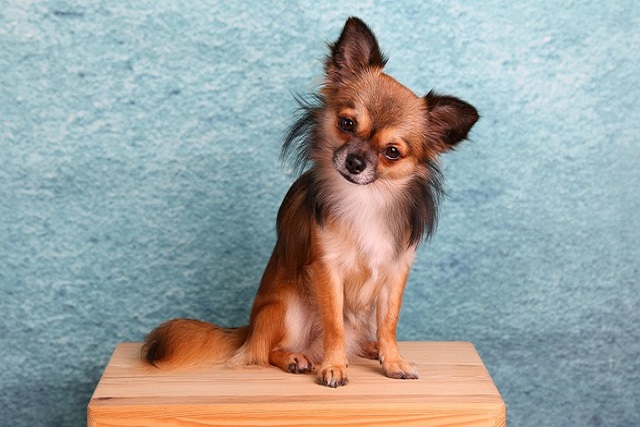
Would veterinarians recommend using dental cleaning sticks for pet dogs
If you’ve ever stood in the pet store, staring at a wall of dental chews while wondering if they’re worth the money, you’re not alone.
Do dogs act differently when they have an ear infection? For new dog owners in the US, noticing subtle shifts in your pup’s behavior—like pulling away from head pets or shaking their head nonstop—can spark concern. Ear infections are one of the most common reasons dogs act “off,” and their behavioral changes are often the first clue something’s wrong. Unlike obvious symptoms like discharge, these actions tell you your dog is in discomfort, even before you see physical signs. Recognizing these shifts helps you get them treatment fast, easing their pain and preventing complications.
Ear infections irritate the sensitive tissues of the ear canal, causing pain, itching, and inflammation. This discomfort triggers clear behavioral changes as dogs try to cope. The ear canal is packed with nerves, so even mild inflammation feels intense—like having a constant earache that won’t go away. Breeds with floppy ears (Cocker Spaniels, Basset Hounds) or hairy ear canals (Poodles, Shih Tzus) are more prone, as their ears trap moisture and debris, creating a perfect environment for bacteria or yeast to grow. A 3-year-old Beagle who loves swimming in lakes, for example, might develop a bacterial infection from water trapped in their ears, while a 5-year-old German Shepherd with allergies could get recurring infections from constant ear rubbing due to itchiness.
The behavioral signs of an ear infection are hard to miss once you know what to look for. Constant head shaking is a top indicator—your dog might shake their head so vigorously it looks like they’re trying to dislodge something, often followed by pawing at their ear with a hind leg. They may rub their ear against furniture, carpets, or even your leg, seeking relief from itching or pressure. A 1-year-old Labrador Retriever with an infection might suddenly avoid being petted on the head, flinching or pulling away when you reach for their ears. You might also notice them tilting their head to one side (a sign the infection is affecting their balance) or acting lethargic, as pain saps their energy. Some dogs even become irritable, growling softly if you accidentally touch their sore ear—this isn’t aggression, just a cry for space when they’re hurting.
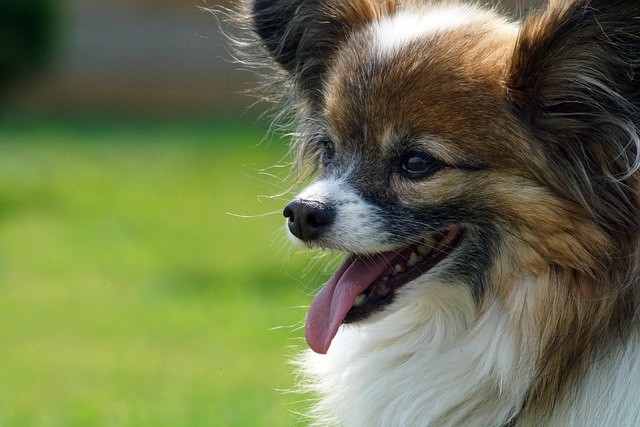
Practical steps to respond: Start by gently checking their ears weekly, especially after baths or outdoor play. Look for redness, swelling, or smelly discharge (yellow, brown, or green), and note any behavioral changes. If you suspect an infection, visit the vet—they’ll examine the ear with an otoscope and may test discharge to identify the cause (bacteria, yeast, or mites). Never try home remedies like vinegar or peroxide—they’ll irritate already inflamed ears. Your vet will prescribe medicated drops and show you how to apply them calmly; praise your dog with treats during application to make it a positive experience, reinforcing trust. For prevention, dry your dog’s ears thoroughly after water exposure and avoid over-cleaning, which removes protective oils.
In the US, this care aligns with responsible ownership norms. Keep your dog current on mandatory rabies vaccines (required in all states) to support overall health, as strong immunity helps fight infections. When walking, always carry waste bags—cities like Chicago fines $500 for uncollected waste, and a comfortable dog is easier to manage on walks. Culturally, never scold a dog for ear-related behavior—stress worsens discomfort. Instead, offer calm reassurance and redirect their focus with a chew toy, using positive reinforcement to keep them relaxed. For apartment dwellers, check ears regularly to catch issues early, and keep treatment supplies handy to avoid delays, as shared living spaces mean quick care prevents discomfort from disrupting your home.
Behavioral changes are your dog’s way of saying “I need help.” With quick action and vet care, those head shakes and flinches will fade, leaving your pup happy, comfortable, and ready for all the head pats they love.

If you’ve ever stood in the pet store, staring at a wall of dental chews while wondering if they’re worth the money, you’re not alone.
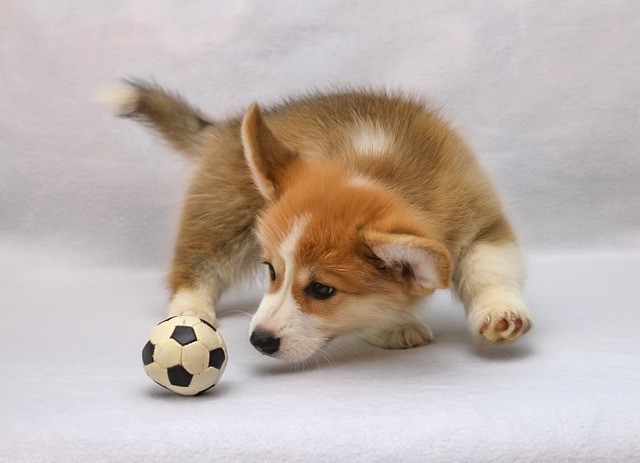
Walk down any pet store aisle, and you’ll see shelves lined with dental chews—colorful, bone-shaped treats promising to clean teeth and freshen breath.

If you’ve ever struggled to brush your dog’s teeth—dodging wiggly heads, slobbery paws, or the occasional playful bite—you’ve probably wondered about easier alternatives.
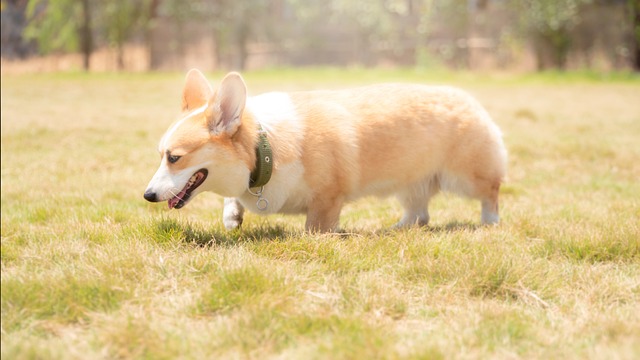
Finding your dog lethargic, with dry gums and sunken eyes, is enough to make any new pet owner panic. Dehydration creeps up fast
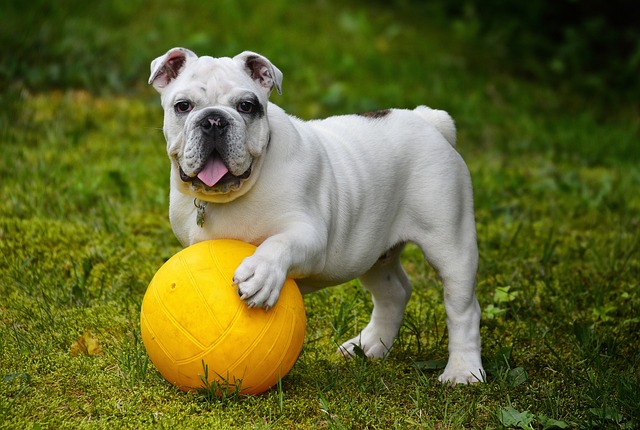
Watching your golden retriever scratch his ears raw after meals or sprint to the backyard with digestive urgency turns dinnertime into a nightmare.
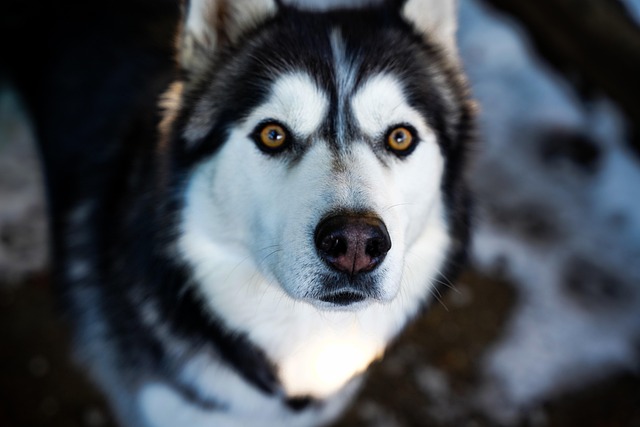
There’s something undeniably captivating about a husky’s gaze, and when those eyes are a rich shade of brown, it’s like stumbling upon a hidden gem.